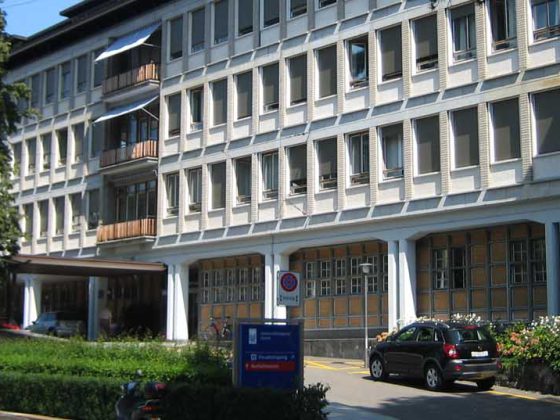The “National Concept for Rare Diseases” from the FOPH has been available since September 2014. This is a milestone in view of the great challenges and everyday situations of those affected. However, it reads like a well-behaved summary of measures taken by our neighboring countries. The fact that these are now more than a decade ahead of Switzerland in terms of implementation and concrete measures is thought-provoking – also in view of the fact that we maintain a well-developed and expensive healthcare system.
Rare diseases are now to be given greater support in Bern through a national concept. This seems to make perfect sense and is the right approach. Because here the “Kantönligeist” would have had rather a braking effect. Despite new theses and described paper, the approximately 580,000 people affected in Switzerland as well as many practicing physicians and specialists are still quite perplexed as to how to proceed.
We think a concept remains a concept until actors breathe life into it. However, this is not so easy in view of the questions of responsibilities and cost absorption described in the concept. This is because therapies for rare diseases are still not covered by health insurance in the majority of cases. And there is apparently no alternative support, if one goes by the federal politicians, who seem to have a blind spot at this point.
As a result, many physicians legitimately wonder how rare disease therapies should be billed today and in the future, given the existing billing jungle. Almost 70% of the few and very expensive drugs are now found in the Specialty List (SL). However, only 120 orphan drugs (therapeutic agents for rare diseases) are approved by Swissmedic there. The rest of those affected hope to be assigned to the birth defect category. However, only about 100 of the known 7000 rare diseases fall under it. Until now, this was the responsibility of the IV, to which those affected had to submit new applications for cost coverage every year. This is laborious, involves a lot of bureaucracy and thus leaves unanswered the questions of those patients who are affected by a rare disease only in old age.
Empowerment – but how?
Fortunately, the concept also shows that vulnerability and aspects of ethics have been taken up – with the justified question of how empowerment of those affected should contribute to an improvement in the quality of life in a targeted manner and with concrete measures. It is not necessarily necessary to look to neighboring countries to find viable concepts – such as the ELFEN HELFEN health promotion program. The fact that this program now receives invitations from as far away as North America indicates that it is more than just a concept.
Take into account different players
Given the health impact of rare diseases on children and families alone – statistically, affected children die within five years – the challenge now is to pool expertise and engage stakeholders. We see the primary care physician as a very important player, as he or she enjoys the trust of patients, but often does not yet have answers to the many questions they have. We would therefore like to know from you what problems you face in the concrete handling of rare diseases in your practice.
To this end, we have added this topic to our online blog and look forward to your active participation. Based on these, we will try to find out what measures are urgent so that you and your patients can see progress in therapy and empowerment as soon as possible. You can find our blog here: http://blog.orphanbiotec-foundation.com.
HAUSARZT PRAXIS 2014; 9(12): 49-50












